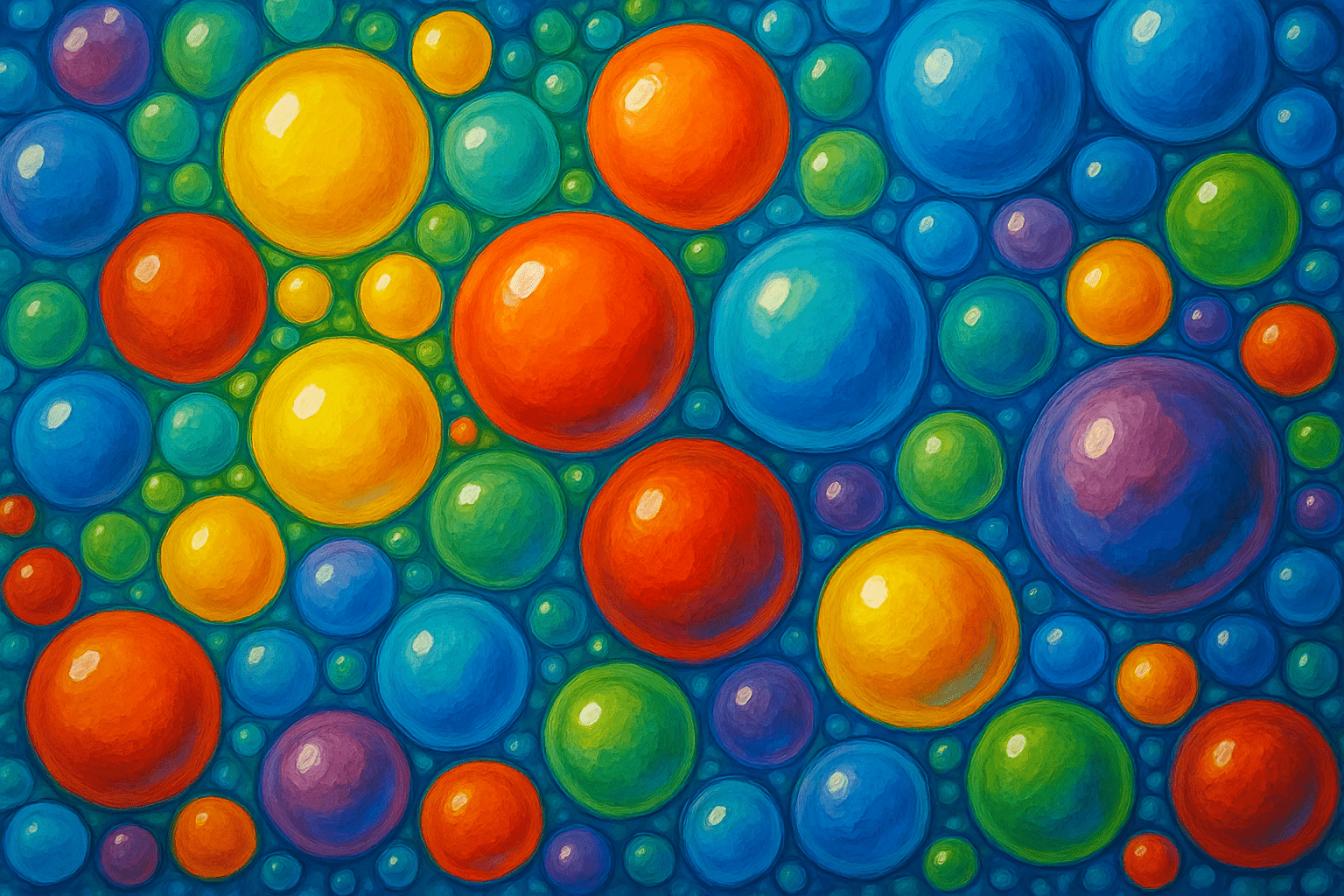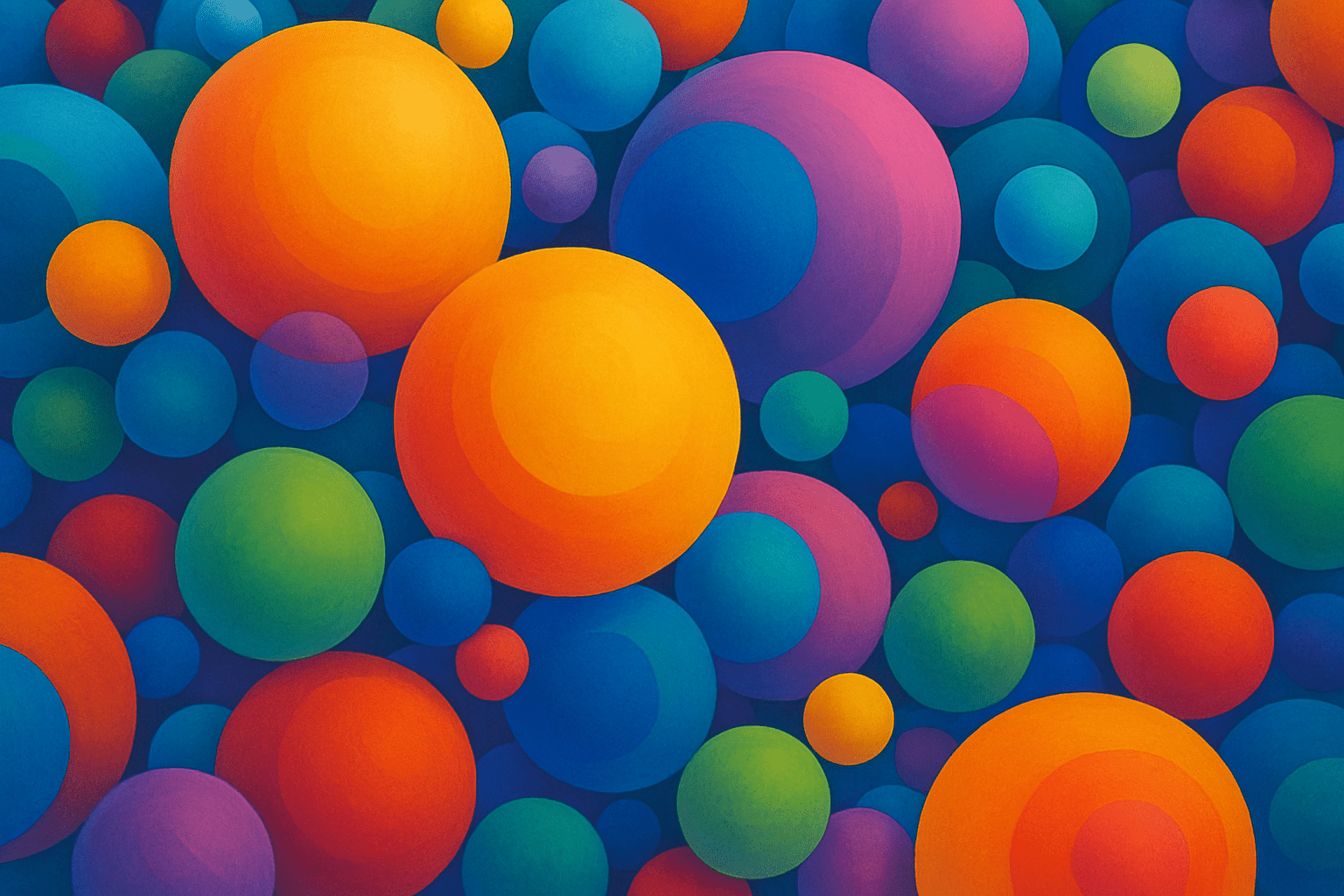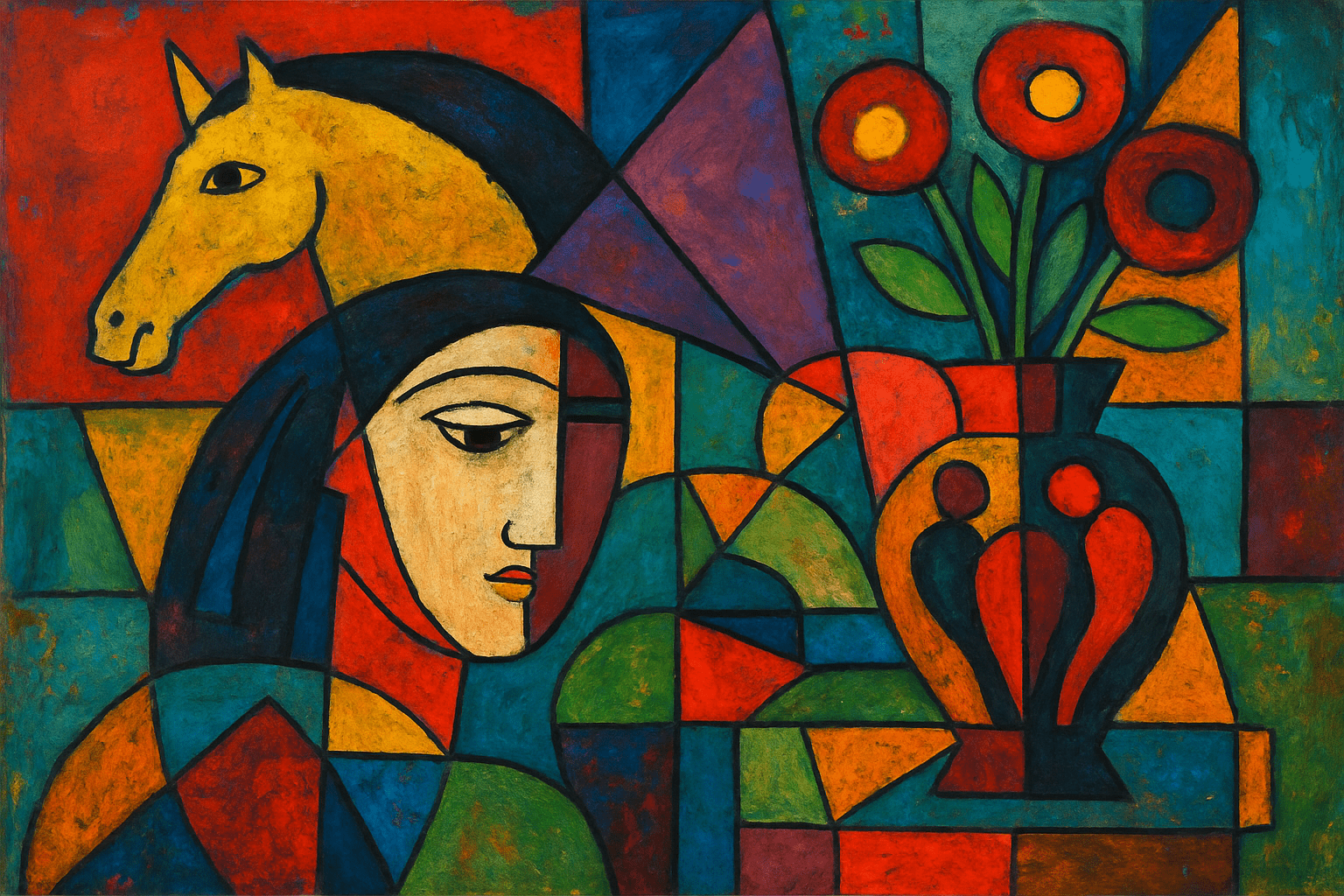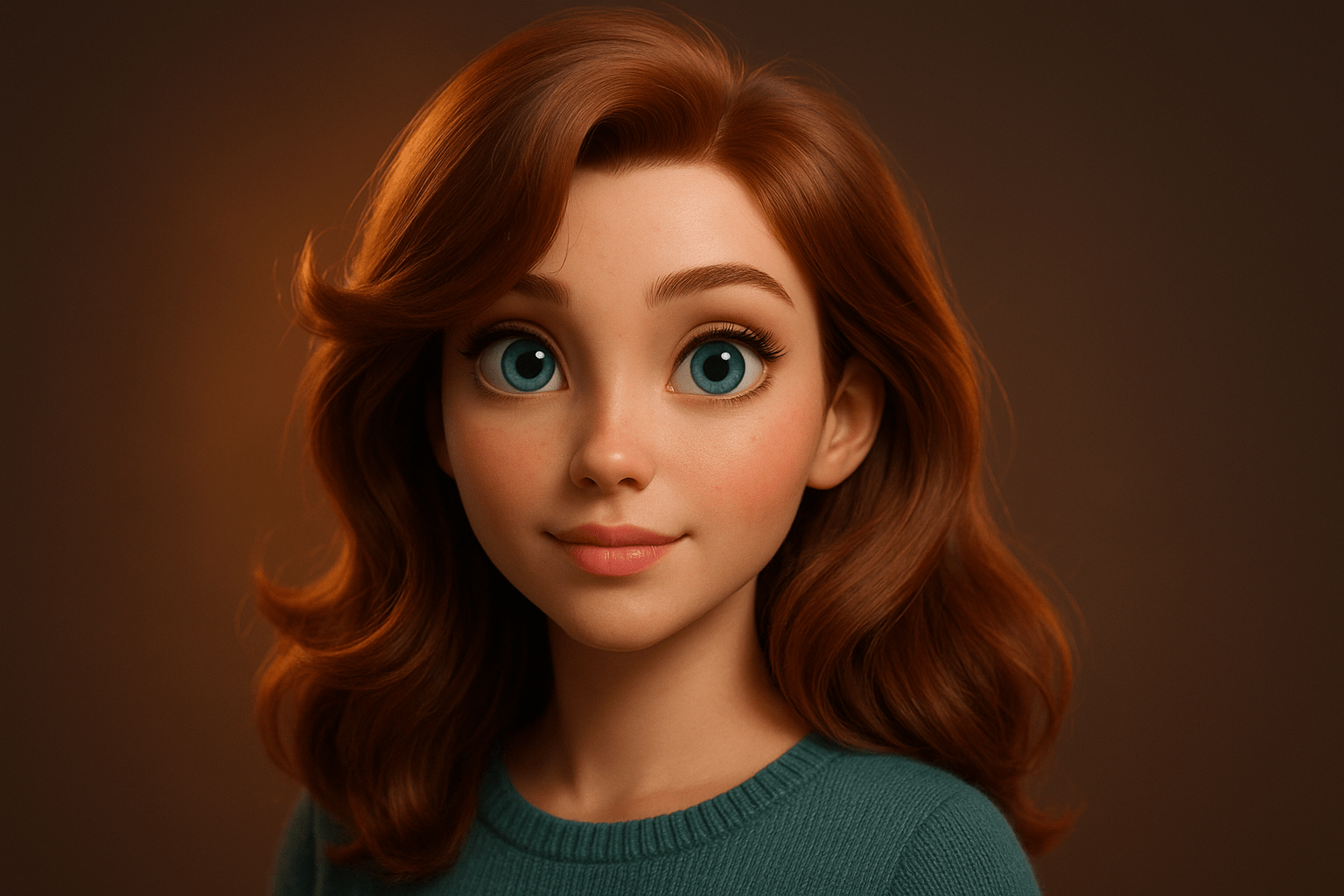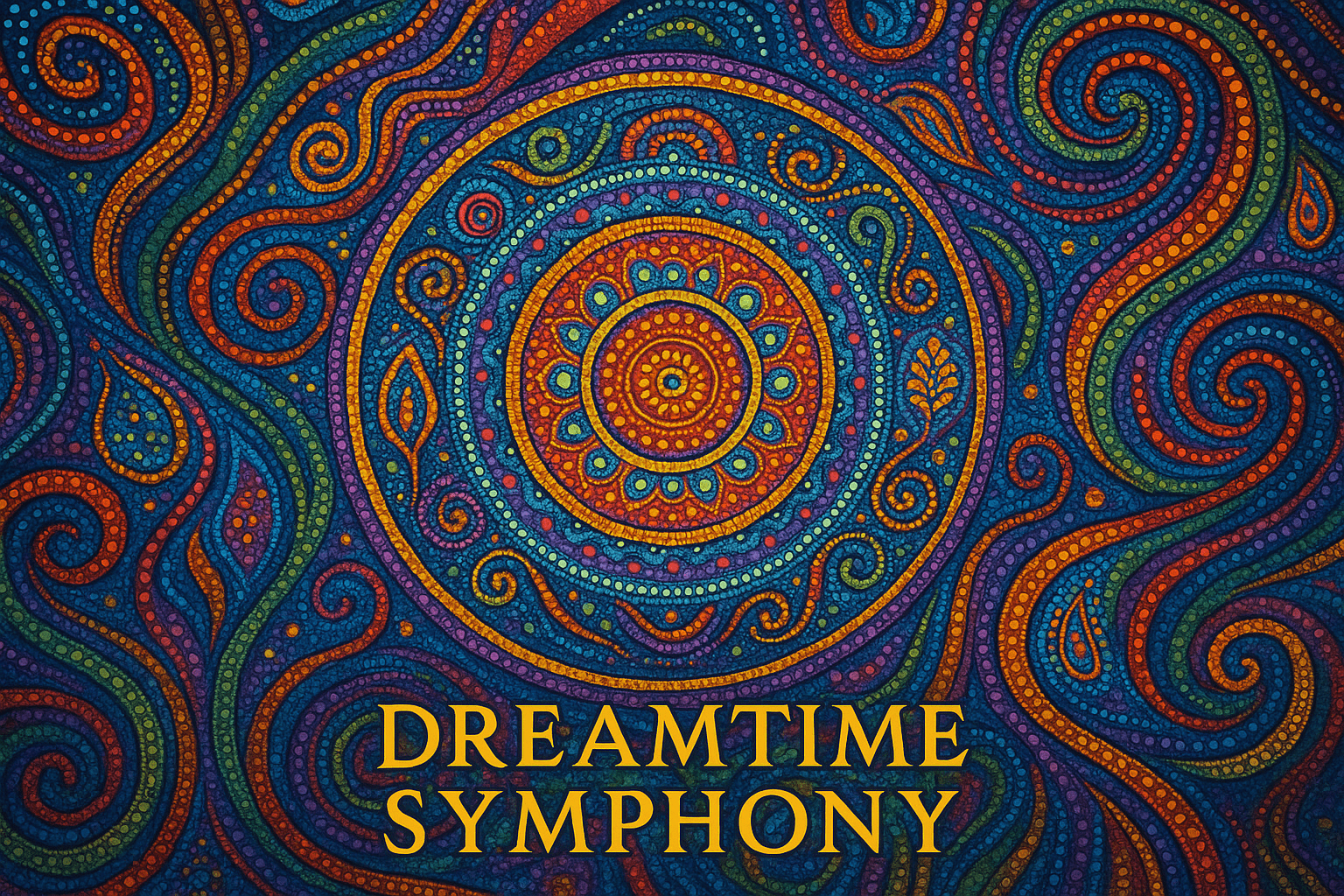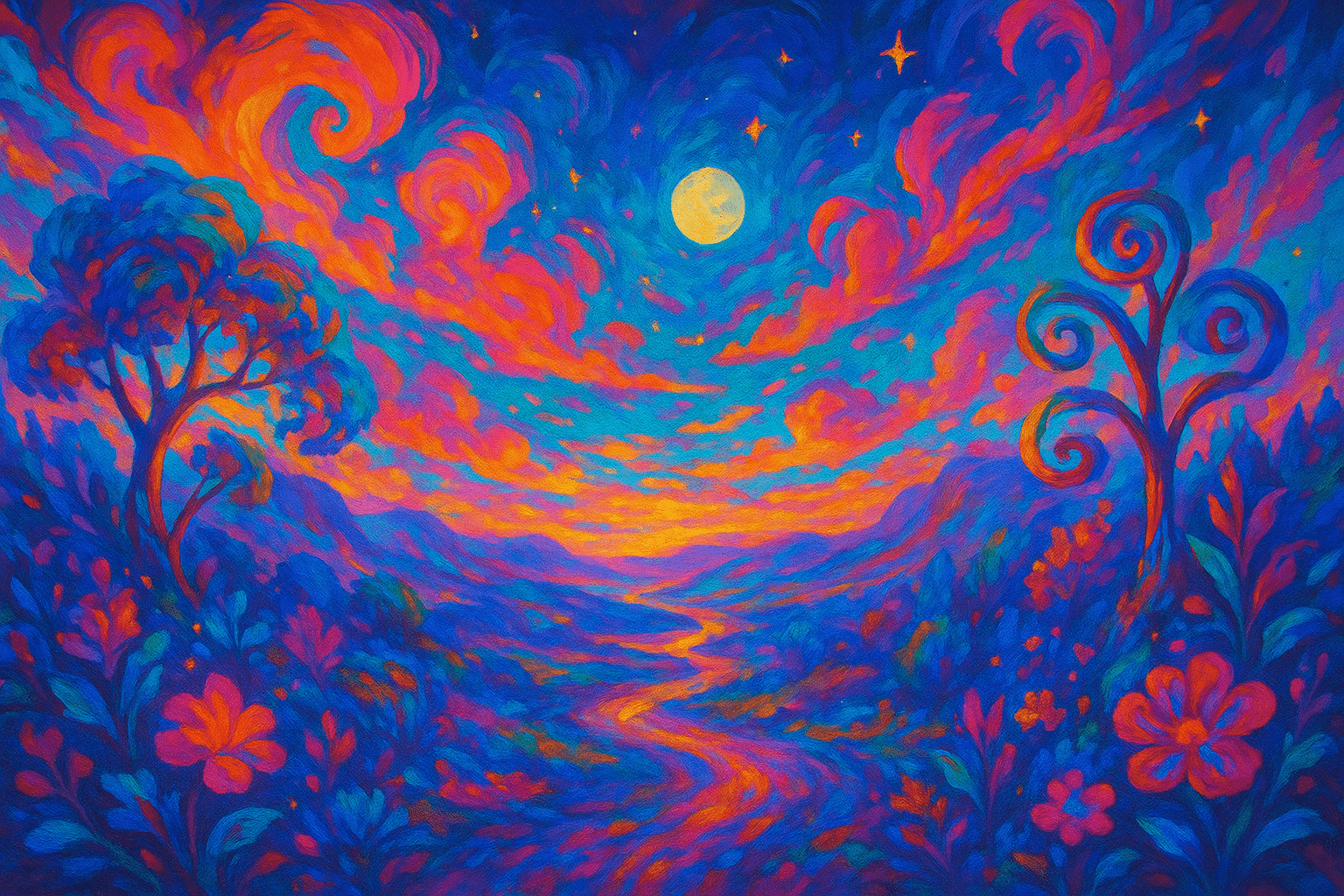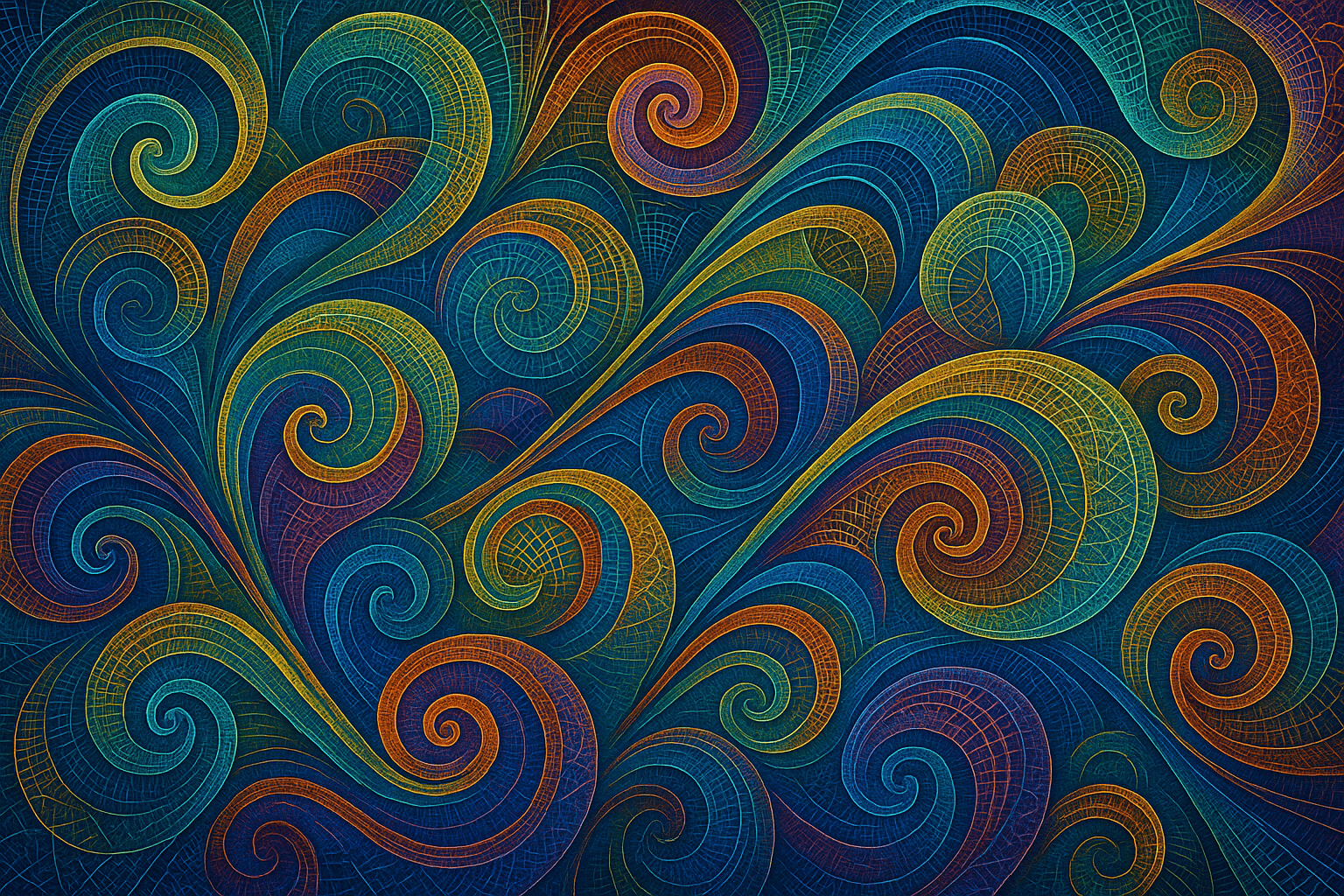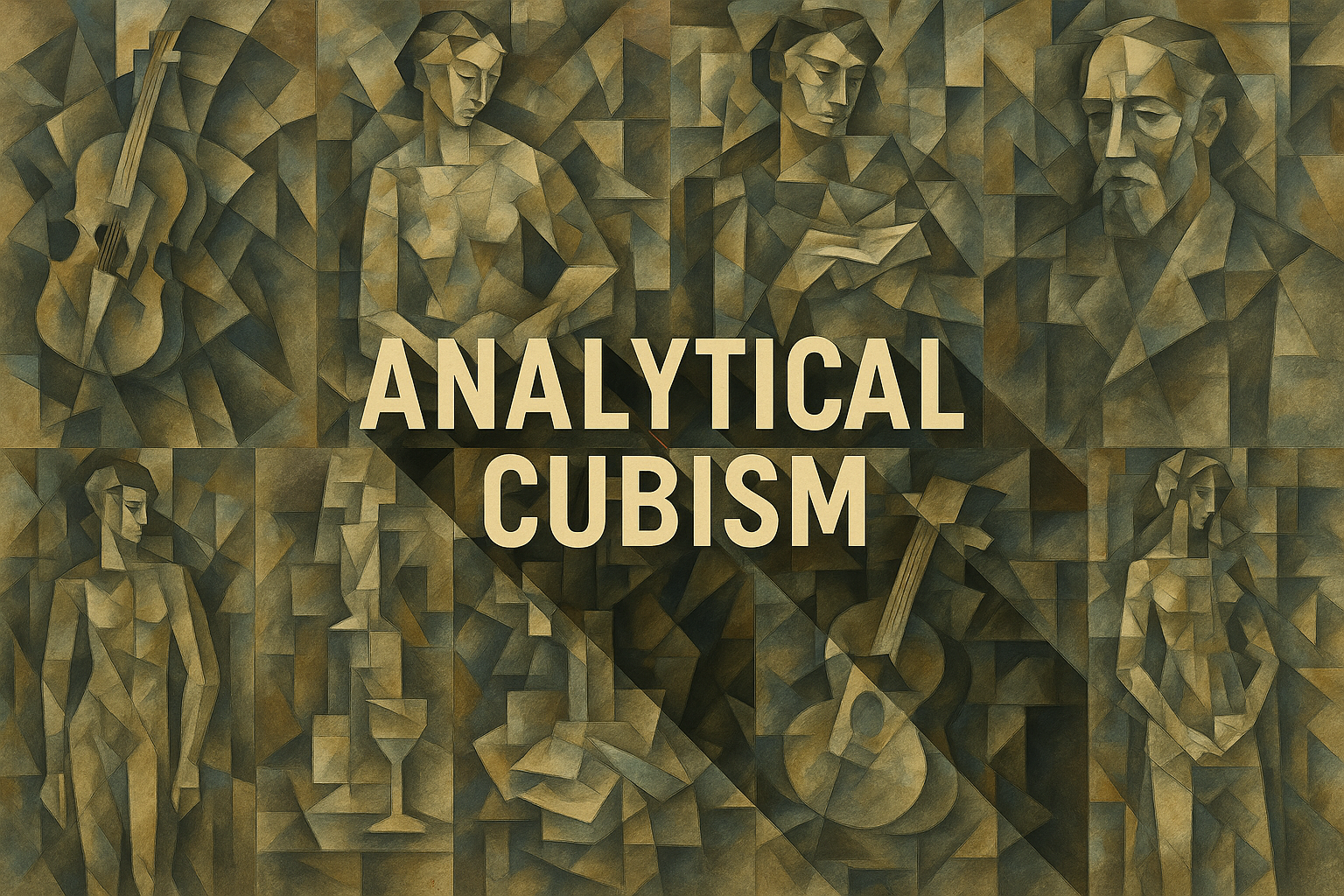
Analytical Cubism
The art style of Analytical Cubism is characterized by its use of geometric shapes and its muted color palette. The shapes are often simplified and abstracted, and the colors are typically earth tones. This style is often seen as cold and impersonal, but it can also be seen as elegant and sophisticated.
AOI thinking about Analytical Cubism [+_~]-/
Overview and Quickfacts
Analytical Cubism is a style of art that emerged in the early 20th century. It is characterized by its use of geometric shapes and its focus on the analysis of form.
Can understand it also, as:
Analytical Cubism can be referred to as:
– Cubism that is characterized by an analytical approach to the decomposition of an image into its component parts
– A type of Cubism that focuses on analyzing and breaking down an image into its individual elements
– A form of Cubism that is distinguished by its analytical approach to the subject matter
Categorize it as:
Impressionism, Modernism
.: Dreaming :.
holds a HAIKU for the art style
:. Thought is power .:
Detailed Description
In the early 20th century, a new art movement emerged that would change the course of modern art forever. This movement was called Analytical Cubism, and it was pioneered by two artists who would become legends in their own right: Pablo Picasso and Georges Braque. Analytical Cubism was a radical new way of looking at the world. Rather than painting things as they appeared to the eye, Picasso and Braque deconstructed objects and reassembled them in a new way that emphasized their underlying geometric structure. This new way of seeing things was a direct challenge to the traditional rules of art, and it had a profound impact on the development of modern art. Some of the most famous paintings from the Analytical Cubism period include Picasso’s “Les Demoiselles d’Avignon” and Braque’s “The Guitar”. These paintings are still considered to be some of the most important and influential works of art ever created. Analytical Cubism was a short-lived movement, lasting only a few years before evolving into a new style known as Synthetic Cubism. But in those few years, Picasso and Braque changed the course of art history forever.
.. beep, beep, beep ..
<START OF TRANSMISSION>
1. Analytical Cubism was a movement in art that began in 1907. 2. It was developed by Pablo Picasso and Georges Braque. 3. The style is characterized by the use of geometric shapes and forms. 4. The artists deconstructed objects and then reassembled them in an abstract form. 5. The goal was to create a new way of seeing objects. 6. The movement was short-lived, lasting only until 1912. 7. It had a major influence on subsequent art movements. 8. Analytical Cubism was the first phase of Cubism. 9. It was followed by Synthetic Cubism. 10. The term "Analytical Cubism" was coined by art historian Roger Fry in 1912. 11. Picasso's painting "Les Demoiselles d'Avignon" is often seen as the beginning of Cubism. 12. Other important early works include Picasso's "Portrait of Gertrude Stein" and Braque's "Violin and Palette". 13. Analytical Cubism was a reaction against the Impressionist and Post-Impressionist styles. 14. The artists sought to create a more intellectual and objective form of art. 15. They were influenced by the work of Paul CÃÂézanne and Georges Seurat. 16. The paintings often appear to be composed of multiple planes. 17. The artists used a limited palette of colors. 18. The style is often seen as cold and impersonal. 19. Some critics have praised the work for its formal beauty and intellectual rigor. 20. Others have criticized it for its lack of emotion and feeling.
<EOF>
.. robbel bob
Visual Examples from our image gallery
Coming soon, we are so slow .. might never come
Artists, Paintings, and more
(be aware, can be highly speculative)
Artists (be aware, speculation possible):
1. Pablo Picasso (1881-1973) 2. Georges Braque (1882-1963) 3. Juan Gris (1887-1972) 4. Fernand LÃÂéger (1881-1955) 5. Albert Gleizes (1881-1953) 6. Jean Metzinger (1883-1956) 7. Robert Delaunay (1885-1941) 8. Marcel Duchamp (1887-1968) 9. Francis Picabia (1879-1953) 10. Kurt Schwitters (1887-1948) 11. Piet Mondrian (1872-1944) 12. Theo van Doesburg (1883-1931) 13. Gino Severini (1883-1966) 14. Mikhail Larionov (1881-1964) 15. Natalia Goncharova (1881-1962) 16. David Smith (1906-1965) 17. Richard Pousette-Dart (1916-1992) 18. Clyfford Still (1904-1980) 19. Barnett Newman (1905-1970) 20. Adolph Gottlieb (1903-1974) 21. Mark Rothko (1903-1970) 22. Jackson Pollock (1912-1956) 23. Willem de Kooning (1904-1997) 24. Philip Guston (1913-1980) 25. Clyfford Still (1904-1980) 26. Barnett Newman (1905-1970) 27. Adolph Gottlieb (1903-1974) 28. Mark Rothko (1903-1970) 29. Jackson Pollock (1912-1956) 30. Willem de Kooning (1904-1997)
Artworks (be aware, speculation possible)
1. “Portrait of Pablo Picasso” by Pablo Picasso, 1909 2. “Portrait of Georges Braque” by Pablo Picasso, 1910 3. “Violin and Candlestick” by Georges Braque, 1910 4. “The Table” by Georges Braque, 1911 5. “The Bottle of Bass” by Georges Braque, 1912 6. “Glass and Bottle of Suze” by Georges Braque, 1912 7. “The Portuguese” by Georges Braque, 1912 8. “Musical Instruments” by Georges Braque, 1912 9. “Still Life with Chair Caning” by Georges Braque, 1912 10. “Still Life with a Bottle of Rum” by Georges Braque, 1913 11. “The Round Table” by Georges Braque, 1913 12. “Bottle and Glass on a Table” by Georges Braque, 1913 13. “Glass, Pitcher, and Bowl of Fruit” by Georges Braque, 1913 14. “Violin and Palette” by Georges Braque, 1913 15. “Still Life with Fruit” by Georges Braque, 1914 16. “Still Life with Fruit and Glass” by Georges Braque, 1914 17. “The Billiard Table” by Georges Braque, 1914 18. “Man with a Guitar” by Georges Braque, 1914 19. “Still Life with a Bottle of Marcovaldo” by Georges Braque, 1914 20. “Still Life with a Bottle of Pernod” by Georges Braque, 1915 21. “Still Life with a Bottle of Wine” by Georges Braque, 1915 22. “Still Life with a Dead Trout” by Georges Braque, 1915 23. “Still Life with Fruit and Glasses” by Georges Braque, 1916 24. “Still Life with Fruit, Pitcher, and Glasses” by Georges Braque, 1916 25. “Still Life with a Bottle of Bass and a Guitar” by Georges Braque, 1917 26. “Still Life with a Bottle of Bass and Two Glasses” by Georges Braque, 1917 27. “Still Life with a Bottle of Bass, a Guitar, and a Newspaper” by Georges Braque, 1917 28. “Still Life with a Bottle of Bass, a Guitar, and a Newspaper” by Georges Braque, 1918 29. “Still Life with a Bottle of Bass, a Guitar, and a Newspaper” by Georges Braque, 1919 30. “Still Life with a Bottle of Bass, a Guitar, and a Newspaper” by Georges Braque, 1920
Epoch
The art style Analytical Cubism was active from approximately 1910 to 1912.
AI ART RESSOURCES (AKA, well Tools)
Helping tools -> predefined search links on other pages:







